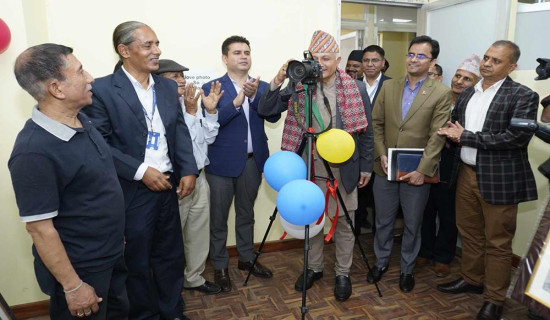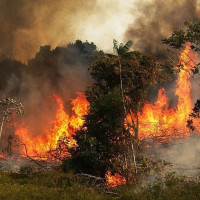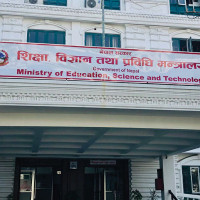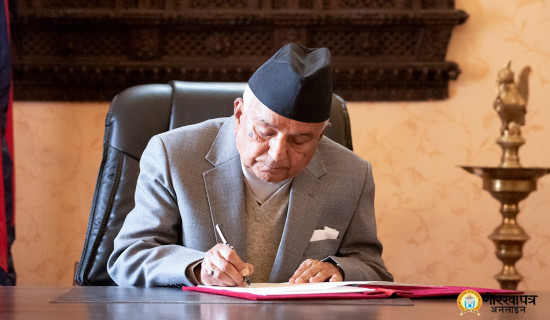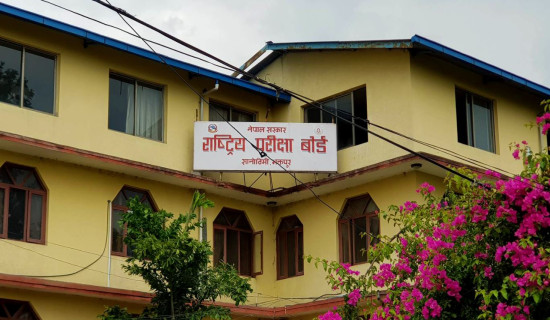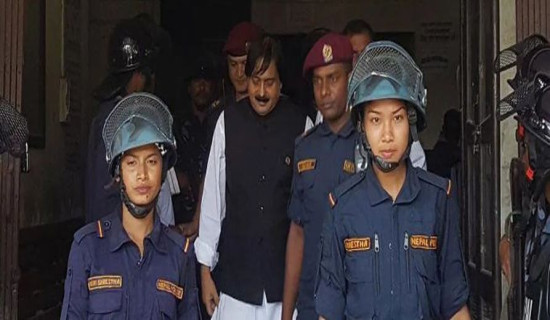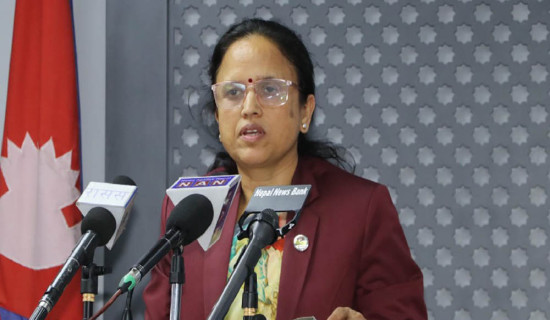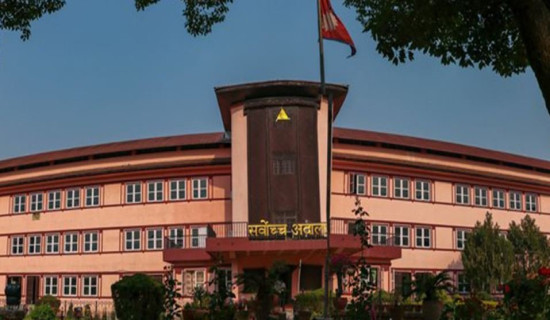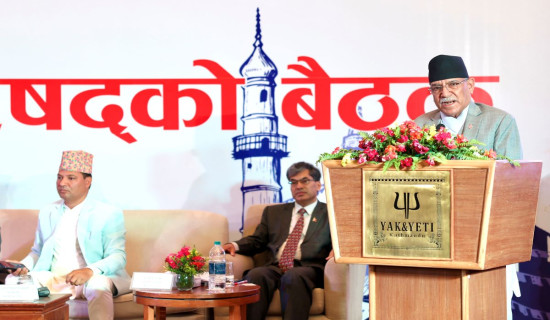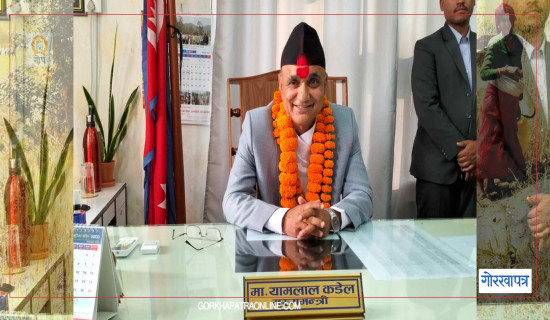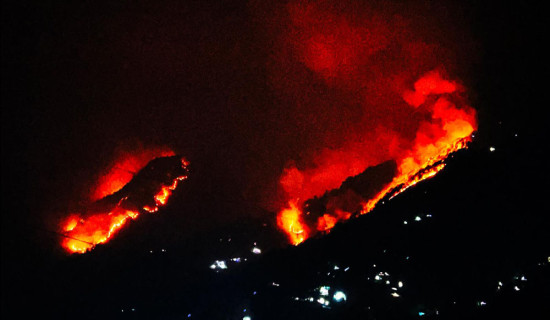- Friday, 26 April 2024
Women with visual disabilities equally prone to sexual violence in public places

By Sanjiya Shrestha
Even before and now being a peer-educator of the Family
Planning Association of Nepal, I hear of a lot of instances from women with a visual disability regarding the abuse they face by perpetrators in the name of
helping them to get the bus while crossing the road or while being in various
public places. It is true that sexual violence against visually impaired women
is a human rights issue, and till now it has remained a subject of silence and
taboo in society. This is why I had thought of researching with an aim to
examine the prevalence of sexual violence among visually impaired women with
respect to the public sphere in the Kathmandu valley.
The study ‘Prevalence of sexual violence among
visually impaired women in the public sphere in Kathmandu valley’ is descriptive in
nature. It was carried out in the valley using a structured questionnaire for the participants to respond.
Women having visual disabilities are not safe even in
a place where there are a lot of people. One of the major causes of sexual
violence against women with visual disabilities lies in their inability to
defend themselves and their dependency on perpetrators due to a state of
helplessness. Many predators take advantage of this situation and a lot of
women with visual disabilities become victims of sexual violence in public
places.
The study I conducted found out that 52% of women with visual disabilities experienced some
kind of violence or abuse even during the day time in public places. Among
various dimensions of the public sphere, public transport is the most hazardous
in terms of safety concerning women with visual disabilities. Even places which
are considered safer such as schools/colleges, roads, hostels, workplaces,
shops/markets, and hotels are prone to violence.
68% of women who were surveyed reported that the
perpetrators had no disability and more than 60% of them said that they
experienced some kind of abuse from the person they knew. Some acknowledged
that their state of loneliness in any place may lead them to become a victim.
Perpetrators in the public sphere attempt to touch in
an uncomfortable manner or fondle their private body parts, according to 66% of respondents. Some
low-vision females also observed that perpetrators tend to show unwise physical
offensive gestures unknowing the fact that women having low vision have limited
vision and can perceive their surroundings. They also witnessed people using
double-meaning words, phrases, and sentences directed to them.
Some women with visual impairment even after
witnessing sexual violence are unaware of it. The research showed that only 20%
of respondents were educated about the different forms of probable violence by
their teachers. Only 6% of respondents were taught by their parents. The
majority of them learn about it from mass media and social media where the
sources of data are less accessible. This is because sex is still taboo in
Nepal and is not openly talked about. On top of that, it is assumed by the
predators that visually impaired females are not approached or have not
encountered any sexual activity therefore, it is ok to violate them.
The research further showed that reporting of sexual
violence against visually impaired women is extremely low. Only 2% of the
females with a visual disability had reported their cases of violence to the
police. Most of the cases are not registered because negotiations are done
outside of court. 44% of them are unaware of the emergency helpline.
Due to fear of sexual violence and its consequences,
it is found that women having disabilities get forced sterilized as they have
many risks of violence or pregnancy. Those who experience rape are forced to
have abortions.
(Shrestha is the secretary of women's wing, Action
on Disability Rights And Development–Nepal, ADRAD-Nepal)



